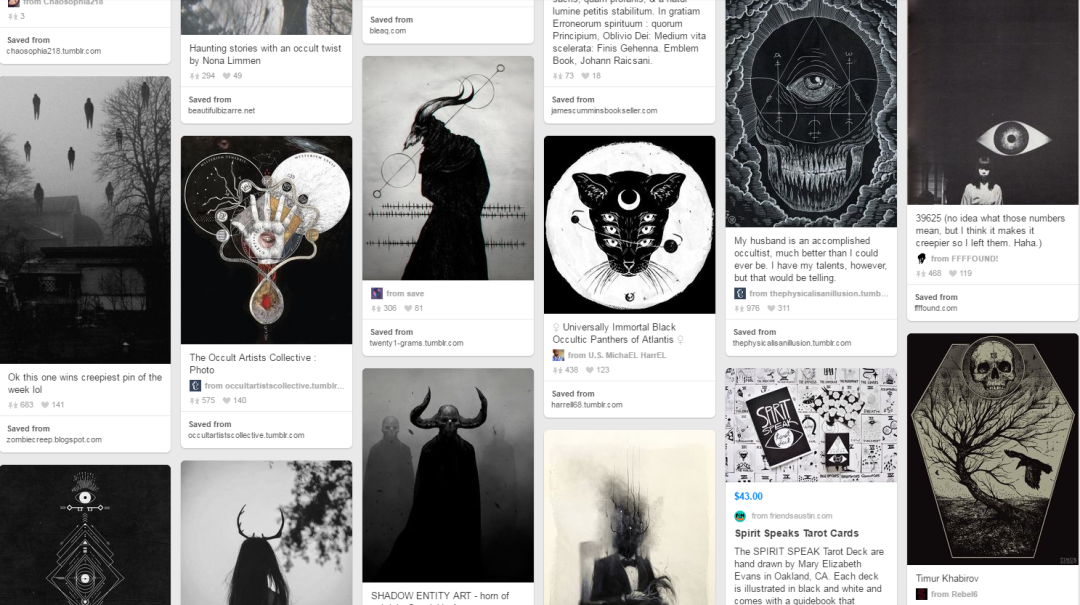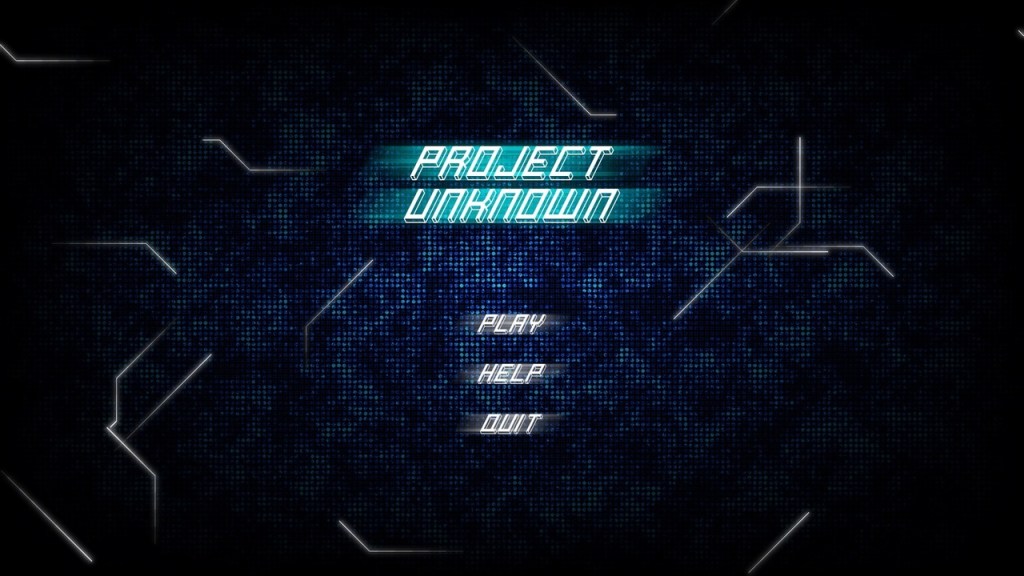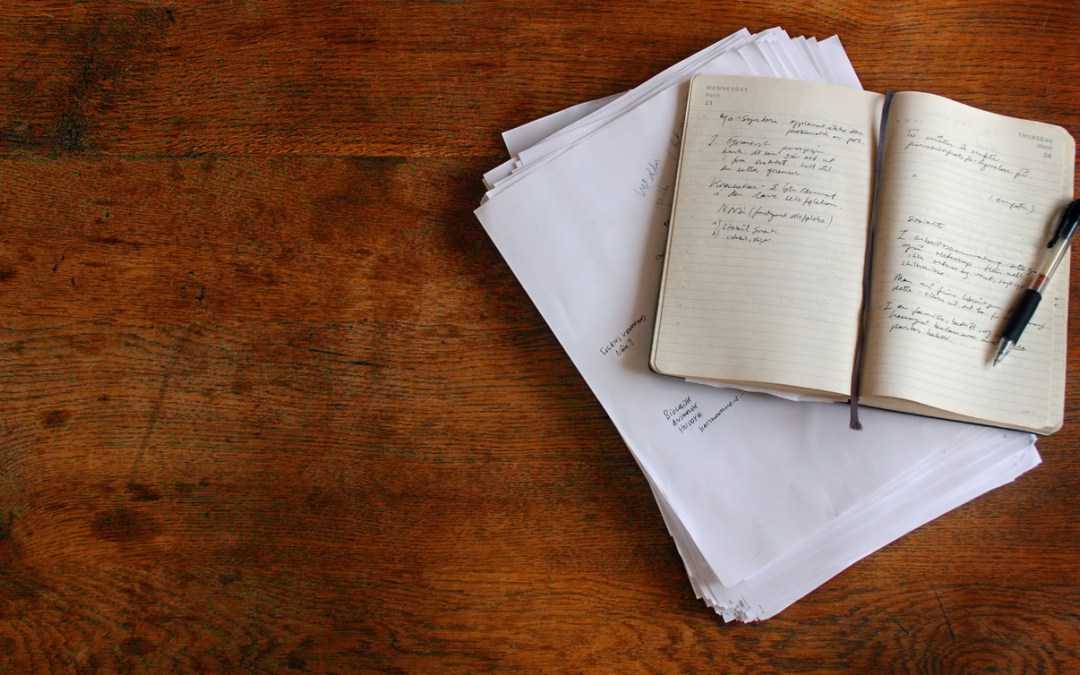How many of you aspiring game developers hate creating characters, either playable or not? I myself was guilty of jotting down only two to three bullet points for a character’s blurb. My problem is that every time I revisited that character’s blurb, I changed, altered it, or scrapped it entirely. This failure to critically focus on certain aspects of a project resulted in slow progress and loads of extra work. But there is hope!
There Is Inspiration Everywhere . . . If You’re Looking!
Thankfully, I had an epiphany while teaching overseas that has opened my eyes to a great method for game development. For two years I have been teaching Oral English in China while doing freelance work in my spare time. I made a class on descriptions because the most common phrase among my students is ‘blank is so beautiful’. Doesn’t matter if they are talking about a car, a woman, a mountain, or a city, to them, it was ‘beautiful’. They weren’t thinking critically about their descriptions! After the lesson, I realized that I could apply it to other things—like coding, game design, and story-boarding.
If you’re still unsure of where to get inspiration from, and nothing you’re looking at is doing the trick, try looking at places with a lot of visual information, like Pinterest. In a cross post from the critically acclaimed author, developer and creator Nathan Meunier, he goes into detail on the subject:
“Until recently, I’ve struggled to keep track of all the images, websites, and resources I amass during my research deep dives into Google Image Search. That’s a great way to find visual reference material, stumble upon themes to weave into your project, or uncover other helpful resources.
Bookmarking all of these links and images using the old-school browser method proved a messy, unreliable way to catalog them. I’d often lose track of things and waste precious time scrolling back and forth through the list only to be unable to find the link I was searching for. Frustrating.
Over the past few months, Pinterest has completely changed and streamlined my creative workflow, and it’s been an awesome shift. I was a reluctant adopter at first, because I don’t have time for another social media thingymawhatsits, but it’s become my go-to tool for cataloging images, ideas, and inspiration for some of my games-in-progress. Here’s why:
- It’s a visually-driven search engine for finding and organizing cool stuff – I’m always hunting for art and images that I can draw inspiration from to inform my approach to designing my games. Whether that’s UI elements, characters, settings, or just overall visual flavor and color patterns, Pinterest is jammed full of the stuff, and it makes it easy to find.
- It’s more than just images – Pinned items always have a strong visual component, but they’re also tied to websites that can lead to interesting resources or other helpful links. You can just keep the images around to look at, or pin things from sites you want to remember to visit again in the future.
- It lets you organize pins into groups called Boards – This is huge. When you pin something to your account — whether it’s from grabbing a cool pin someone else made or from creating your own – you have the option to pin it to a specific board. Boards are essentially themed groups of pins, and you can have as many boards as you want and name them whatever you like. I use boards to help separate and organize my pins — by theme, project, or specific use. You can also create secret boards, BTW. These are handy if you want to organize your pins out of the public eye (I use secret boards for super secret ninja projects – obviously).
- Creating pins is easy – You can take any image or website and create a simple pin for it in seconds using the Pinterest plugin for Chrome, which is awesome. I use it often, and it streamlines the pinning process. With the plugin engaged, I can click once on any image I stumble across anytime I’m browsing and pin the image (and the website it’s from) directly to one of my boards for safe keeping. That’s REALLY handy, because I always know where to find it. Or, if I forget about it completely, it’ll eventually pop-up again when I browse my boards for inspiration.
- It’s a social media site, too – I don’t use Pinterest for the social side of things as much, but you can follow people on Pinterest, follow their boards, and interact in other ways. When you follow a person or a board, their pins will show up in your main feed when you fire Pinterest up each time. It works much like Facebook or Twitter, and it can be a useful way to get new ideas from people you find interesting or share common interests with. If you like, you can follow me or check out my various boards here.
- Pinterest feeds you a steady drip of fresh content based on your current pins – Once you pin stuff, the site finds new pins for you that are similar to your existing pins. These pop-up in your main feed from time-to-time, and you can add them to your boards or ignore them.
For me, Pinterest is a great centralized place to quickly dump content into neat and tidy buckets that I can go back to again and again to gain ideas and inspiration from when I’m spinning my tires on a game project. In addition to my bigger upcoming game Nuclear Golf with my studio Touchfight Games, I’m also working on several personal game projects as I have time. Pinterest has been incredibly useful throughout the creative process of designing and evolving my solo work.
Below, here’s a screen grab from a creepy board I’ve created for inspiration on a project I’m working on — a spiritual successor and re-imagining of my interactive fiction horror dungeon crawler, This Book Is a Dungeon.

I most often create boards to serve as thematic springboards for aspects of games I’m working on. The board above, for example, serves a few different purposes: I’m using it both for visual layout ideas for a card-battling aspect to the project I’m working on (no official title yet), though I also use it for atmosphere and to get into a creative mood that helps me get into the flow when I’m designing art, encounters, story bits, and even mechanics.
Take a few seconds to browse through that board, and you’ll get a pretty immediate vibe — that’s the power of Pinterest. When I need inspiration, I’ll throw on some music (Deafheaven has been on heavy rotation of late) and start browsing through my Pinterest boards. Within minutes, I’m usually able to hit the ground running and create some interesting content for my game.
It’s become a key part of my creative process — one of several elements I’ll explore in future posts. If you’re a game artist or designer who hasn’t tried out Pintest, it’s definitely worth checking out as a tool for generating and organizing ideas to weave into your work.”
Who Are You? What Where How When?
We know the ‘Five Ws’ or the ‘Five Ws and One H’, what questions are, and how to use one. The concept is simple; answer any question, now make a ‘What?’ or ‘Why?’ question about your answer, then answer that question with a ‘How?’ question. Be your own interviewer; don’t just ask basic follow-up questions, ask the hard hitting ones. If done correctly, you can keep falling through the rabbit hole of questions and when you’re spit out the other side you will know everything about each detail. I personally like to ask both ‘What?’ and ‘Why?’ because they tend to give very different answers. Asking ‘How?’will give you a stronger answer with a little more depth.
Here is a quick example of how these questions get different answers; think about the question ‘What is your favorite color?’ then ask ‘Why is that your favorite color?’. The simple act of wording a question differently can give a very different answer. Now, this method would then require you to ask a follow-up ‘How?’ question about your answer. If you said your favorite color is red the follow-up could be ‘How intense is your favorite color?’. With this question, we get a better understanding of if this person likes a dark red, a light red, or somewhere in the middle. Take it slow and simple at first like a character or story plot as these are the easiest examples. You also don’t need to ask all the questions right away. Ask a couple, get a direction and then go. If you need to, revisit this idea later with the new information you have and apply the questions to areas you need help with.

Getting Down and Dirty
‘Who is the hero of this game?’ The question that usually becomes more complex as the game develops, but this process is handy at any step of development. We have our initial question, so first we need to answer it. ‘A space cowboy’ will be our initial answer.
The What?
Now, we need to ask the follow-up ‘What?’ question. This is going to help point to something direct and tends to work best when describing something or clarifying something. Here are a few we could ask about the answer we originally gave:
- What does the space cowboy look like? (Design)
- What does the space cowboy use to breathe in space? (Story or possible mechanic)
- What are the space cowboy’s abilities? (Basic mechanics for the player)
- What are the space cowboy’s goals? (Story)
These questions, as you can see, fall into one or a couple different areas of the game designing process, albeit design, story or programming. All of these questions also target something specific, and that is the goal of asking ‘What?’.
The Why?
The alternative to asking ‘What?’ is asking ‘Why?’. Asking a question this way can give you more insight into your newly hatched game idea. It can sometimes be wise to ask for a reason instead of clarifying something. Here are a couple questions we can ask of our space cowboy game:
- Why is the space cowboy here? (Story)
- Why are the aliens here? (Story)
- Why is the spaceman also a cowboy? (Design)
- Why do we need more than one alien? (Design)
Here we have something interesting happen. Asking ‘Why?’ tends to lean more towards the story or design of the game, or show why the game devs made certain choices. Given the proper question, this could also open into coding and ‘Why does this mechanic work, but this other one doesn’t?’.
The How?
The next part of this technique is asking a ‘How?’ question. Doing this can help if all you can think of to ‘What?’ or ‘Why?’ is something vague or a single word answer. Here, I will show my answer and then under ask my new question:
- ”Why is the space cowboy here?” He is lost in space.
- How did this space cowboy get lost in space? (Story)
- “What does the space cowboy use to breathe in space?” He collects air tanks.
- How does collecting an air tank affect game play? (Design and mechanics)
You can see that even with a vague answer, asking this follow-up question forces me to do a little more thinking. It gives me more detail and more of a foundation to work from as well. This way of questioning can also help coders: ‘How can I simplify this script?’ (if only it were that simple for coding!).
So Many Questions
When should you release your game? Why is that game successful? Where should I send my portfolio? All of these questions can be answered through this method, if you can find the right follow-up questions. As mentioned above, starting off by questioning design or story elements is a great way to practice. Creating something is great, but without direction you will be stuck idling. By doing things this way you can get your concepts and ideas into focus and then move with confidence toward your goal.
H/T to Jerrod Bacon for writing the bulk of this post.
If you’ve enjoyed this article on game design, feel free to retweet it! We love making new friends here at Black Shell Media, so don’t be a stranger.

